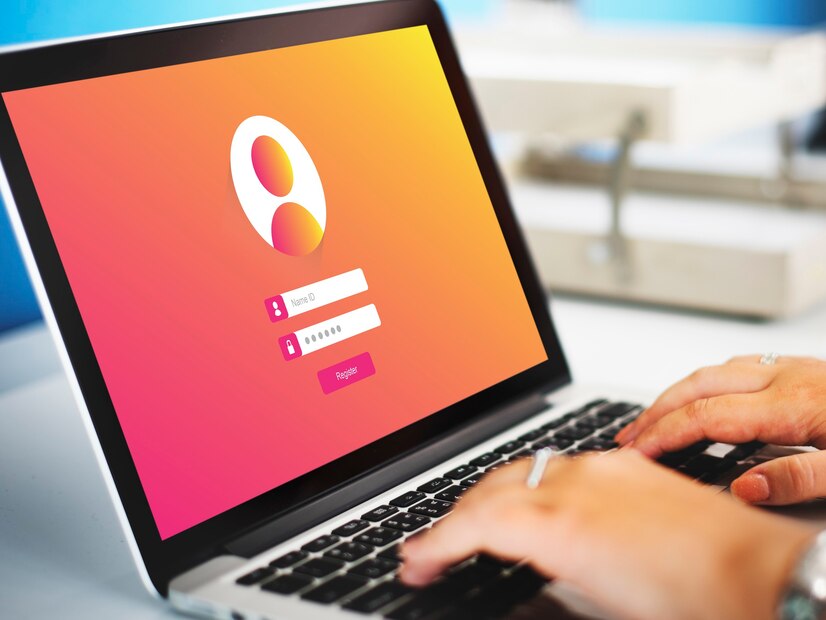Web Portal
A web portal is a centralized platform that integrates various services, tools, and content to provide users with a personalized, streamlined experience. It enhances accessibility, communication, and collaboration across different sectors, such as business, education, and government.


